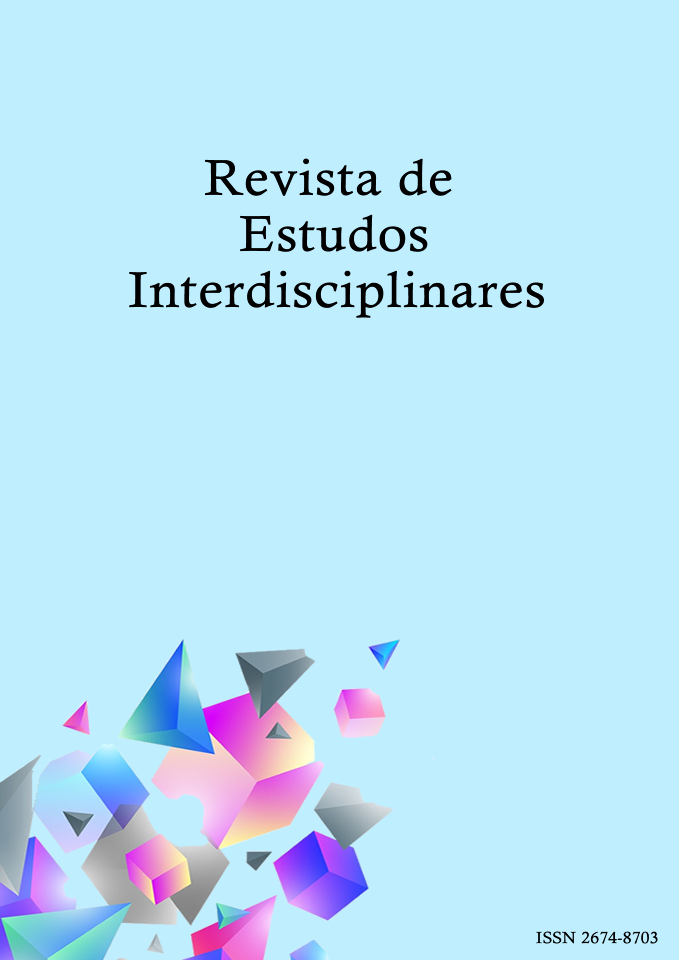The Submission of Chinese Women in the 15th Century
Visualizações: 3505DOI:
https://doi.org/10.56579/rei.v1i1.8Keywords:
Culture, Beauty Standard, FeminismAbstract
Lotus feet were a practice that began in the 15th century, during the Tang dynasty in China. The tradition says that the Chinese Emperor Li Yu fell in love with a dancer who had tiny feet while she performed a traditional dance known as "Lotus Dance." According to historical facts, "because the Emperor desired many women and discovered his peculiar taste for small feet, the Chinese women of the time devised a technique that would reduce their feet" (GRAFF, 2017, p. 6). According to Graff (2007, p. 8), the practice was seen as a matter of status because it symbolized wealth and became a standard of beauty in that culture. The smaller the women's feet, the more desirable they were to the male audience, resulting in a good marriage. However, this custom began to show its negative effects on women, as most of those who underwent the procedure ended up with locomotor disabilities and sedentary lifestyles. According to Saffioti, "gender relations are historically constructed, with a 'regime of domination-exploitation of women by men'" (2004, p. 44). Thus, this logic prevailed, with the need to please and seduce men, as they were taught to be attracted to small feet and believe that women who endured this pain for years would not oppose their husband's orders. However, the history of the practice was concealed. In this sense, many cultures hold the idea that a woman should dress up to please a man, even if this results in health issues. According to Stein, from the website "Hipercultura": In China, girls who bound and mutilated their feet did not lead comfortable lives, as they had to carry out a heavy workload. This was a way to ensure the young women remained seated for several hours while performing their tasks. They were exploited, producing threads, cloths, mats, shoes, and fishing nets, from which their families earned their livelihood. Women were taught that this would help them find a good marriage and achieve happiness.
Downloads
References
SAFFIOTI, Heleieth. Gênero, Patriarcado, Violência. São Paulo: Fundação Perseu Abramo, 2004.
LESSA, Sérgio; TONET, Ivo. Introdução à filosofia de Marx. São Paulo: Expressão Popular, 2011.
MEYER, Dagmar Estermann. Gênero e educação: teoria e política. In. LOURO, Guacira Lopes; FELIPE, Jane; GOELLNER, Silvana Vilodre. Corpo, Gênero e Sexualidade: um debate contemporâneo na educação. 9. ed. Petrópolis, RJ: Vozes, 2013.
NETTO, J. P. Introdução ao estudo do Método de Marx. 1 ed. São Paulo: Expressão Popular, 2011.
SAN’ANNA, Denize Bernuzzi de. É possível realizar uma história do corpo? In: Bueno Lucia; Ana Lúcia (org). Corpo Território da Cultura. São Paulo: Annablume, 2005.
SAFFIOTI, Heleieth, Contribuições feministas para o estudo da violência de gênero, cadernos pagu, 2001 DOI: https://doi.org/10.1590/S0104-83332001000100007
GRAFF, Leonardo. Conheça os pés de lótus, a técnica de beleza mais dolorosa praticada na china. 01 de Novembro de 2017. Disponível em: <https://www.fatosdesconhecidos.com.br/conheca-os-pes-de-lotus-tecnica-de-beleza-maisdolorosa-praticada-na-china/>.Acesso em: 07/09/2018.
STEIN, Carlos. Pés de lótus: a história por trás da tradição do pé de chinesa. Disponível em: <https://www.hipercultura.com/a-historia-por-tras-da-tradicao-do-pe-de-chinesa/>. Acesso em: 06/09/2018
NOVAES, Vilhena de Joana, A revolução feminista não transformou o papel da mulher, mas agregou funções a ela, 23 Agosto 2007, http://www.ihu.unisinos.br/entrevistas/9109-%60a-revolucao-feminista-naotransformou-o-papel-da-mulher-mas-agregou-funcoes-a-ela%60-entrevista-especial-comjoana-de-vilhena-novaes, acesso em: 06/09/2018
MAIS Equilíbrio. HIPERCULTURA. 2005. Disponível em: <http://www.maisequilibrio.com.br/beleza/a-beleza-chinesa-6-1-5-345.html>. Acesso em: 07/09/2018
Downloads
Published
How to Cite
Issue
Section
License
Copyright (c) 2021 Revista de Estudos Interdisciplinares

This work is licensed under a Creative Commons Attribution 4.0 International License.
The Journal of Interdisciplinary Studies adopts the Creative Commons Attribution 4.0 International License (CC BY 4.0), which allows for sharing and adapting the work, including for commercial purposes, provided proper attribution is given and the original publication in this journal is acknowledged.













